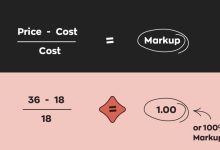When I woke up this morning and unlocked my phone, every news app was pushing the same story — the shooting at former U.S. President Donald Trump’s rally.
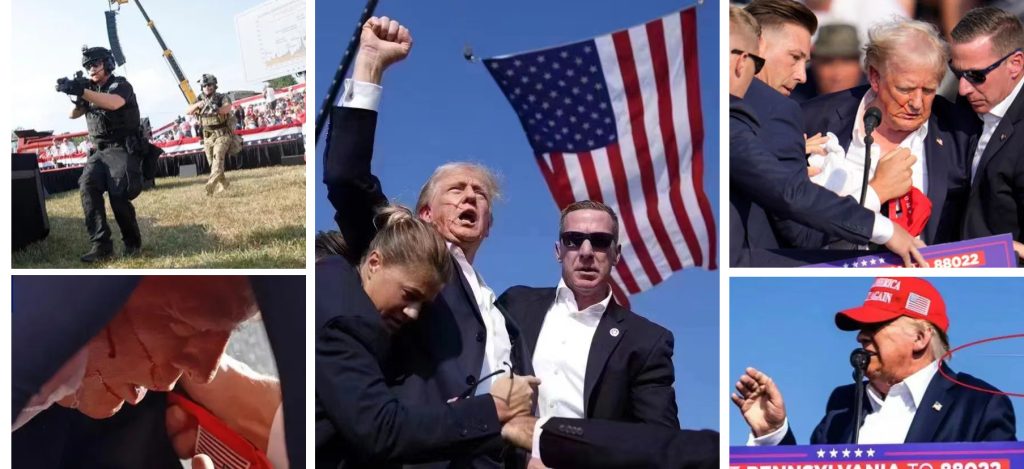
Normally, for someone like me who doesn’t care much about politics, news like this would just be something to swipe past. When Japan’s former Prime Minister Shinzo Abe was assassinated years ago, people were all over the internet discussing, guessing, shouting opinions. But I, Marcus Steele, an ordinary person with little interest in political events, kept my head down — coding as usual and running my replica cross-border business like any other day.
When I opened a few foreign trade groups this morning, I noticed that some sellers from Zhejiang, China, were already offering this exact T-shirt for sale — 100% authentic POD (Print on Demand) production and customization.
The phrases “Arrested. Shot. Still Fighting.” and “Make America Great Again”, along with Trump’s heroic, never-surrender image, became the core selling points of this shirt.
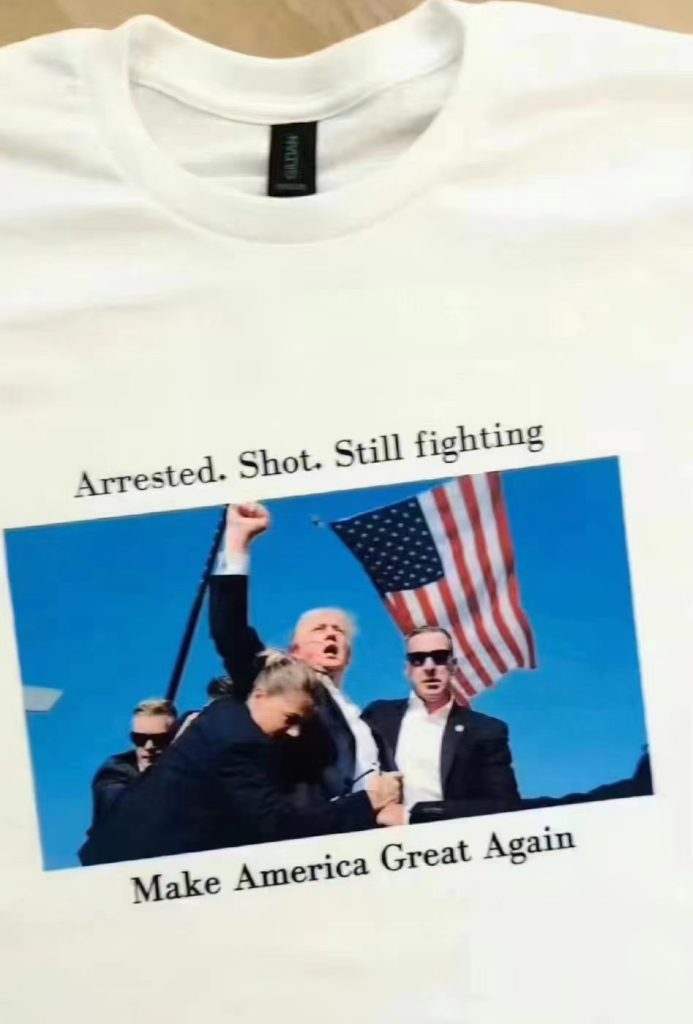
Soon, people started launching Facebook and TikTok ads, running live-stream promotions, and pushing POD campaigns everywhere. Chinese eCommerce sellers were quick to follow — no surprise there.
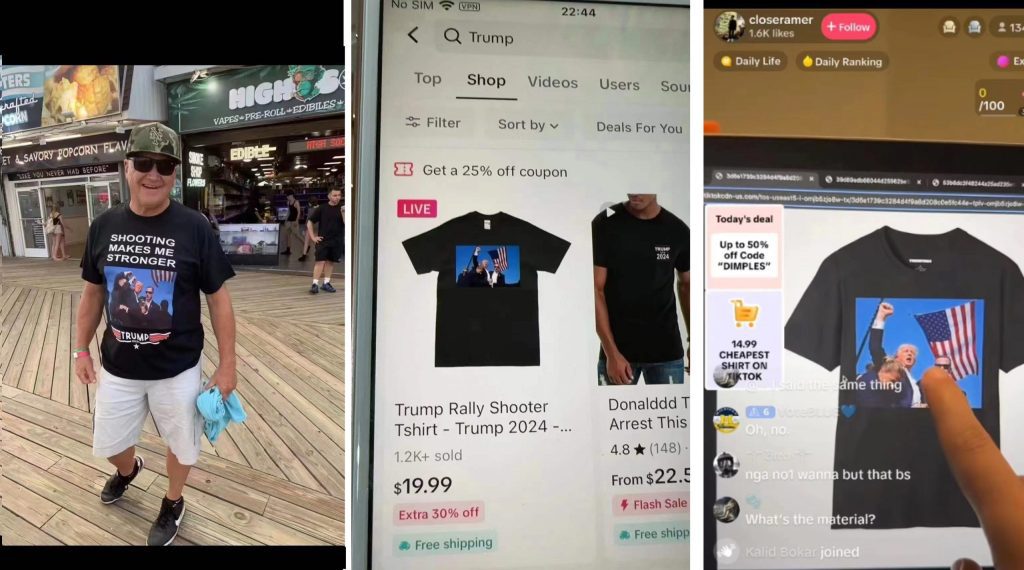
After all, Mr. Trump is a super political influencer. For cross-border eCommerce entrepreneurs, this wave of global attention represents a real business opportunity — a perfect moment to ride the trend.
But let’s get back to the main point. It’s not just this one T-shirt. More Trump-related products — like commemorative coins and other merch — will likely become hot items for POD sellers in the coming weeks.
It reminds me of the early days of COVID-19 in late 2019, when Amazon’s U.S. warehouses were filled with Chinese-made masks, and Facebook and TikTok were flooded with ads for masks, thermometers, and disinfectant tablets.
From masks to Trump T-shirts, from Amazon to POD ads, this is the speed of China — the speed of a nation built on manufacturing and rapid response.
“Made in China” Speed
Made in China — a phrase known around the world. It’s one of the most recognizable labels on Earth. With its massive labor force and vast industrial manufacturing system, “Made in China” covers nearly every industry — from clothing to electronics, from machinery to automobiles. Even the replica and cross-border export industries are small-scale reflections of the same model.

When people talk about replicas, the first thing that comes to mind is Putian shoes. This traces back to China’s early OEM era, when Putian manufacturers produced shoes for global brands like Nike and Adidas. Their incredible production capacity and efficiency eventually led to serious overcapacity — far beyond what these brands could sell. The result? The same factories began making identical products without authorization, attaching their own labels. The craftsmanship was the same, the quality indistinguishable. That was the origin of the replica shoe industry.

In fact, real and fake are often impossible to tell apart.
These core manufacturing skills no longer rely on big factories. Even small workshops — sometimes family-run — can do it. It’s said that not long after Nike or Adidas approve new product designs, Putian craftsmen already have identical 3D models ready for small-batch production. By the time official releases hit stores, the replica market has already captured the first wave of profit — with materials, dimensions, and details nearly identical to the originals. In some cases, the quality is even better.
That’s manufacturing capability. That’s Chinese speed.
Luxury watch brands like Rolex, Cartier, Breguet, IWC, and Omega keep their manufacturing centers outside China and never outsource to Chinese factories — as if to maintain a wall of technological isolation. But that doesn’t stop the Chinese.
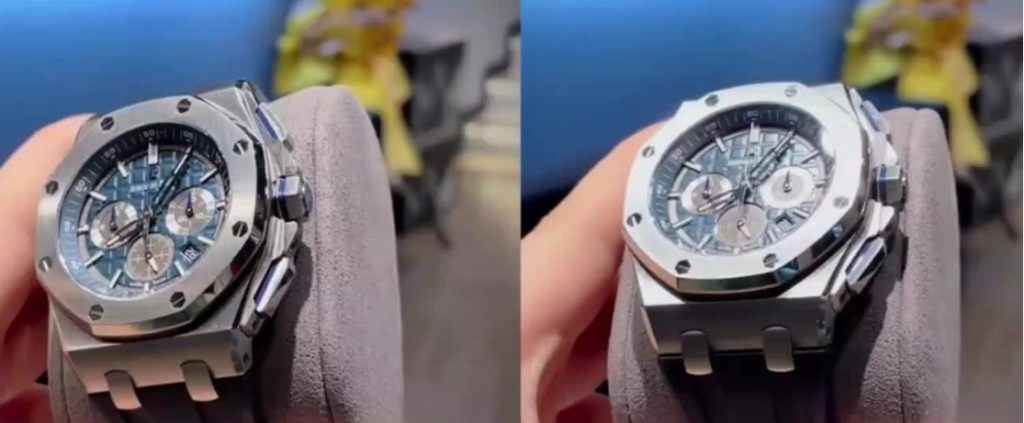
No access to design files or production data? No problem. As soon as a new model hits retail shelves, major Noob factory owners in China buy them at full price — sometimes spending millions — just to disassemble them piece by piece. Then top watch assemblers reverse-engineer the movement, designers recreate the blueprints, and manufacturers open identical molds. The result? 1:1 replicas that flood the market at one-thousandth of the retail price, often indistinguishable even to boutique staff.
That’s manufacturing capability. That’s Chinese speed.
product, disassemble it, design it, mold it — all at lightning speed.
Today, China’s LV replica craftsmanship is nearly first-class. Take the LV Onthego bag: its dimensions, hardware, material, and color tone are almost identical to the store version — yet the market price of a replica is just $50–$100.
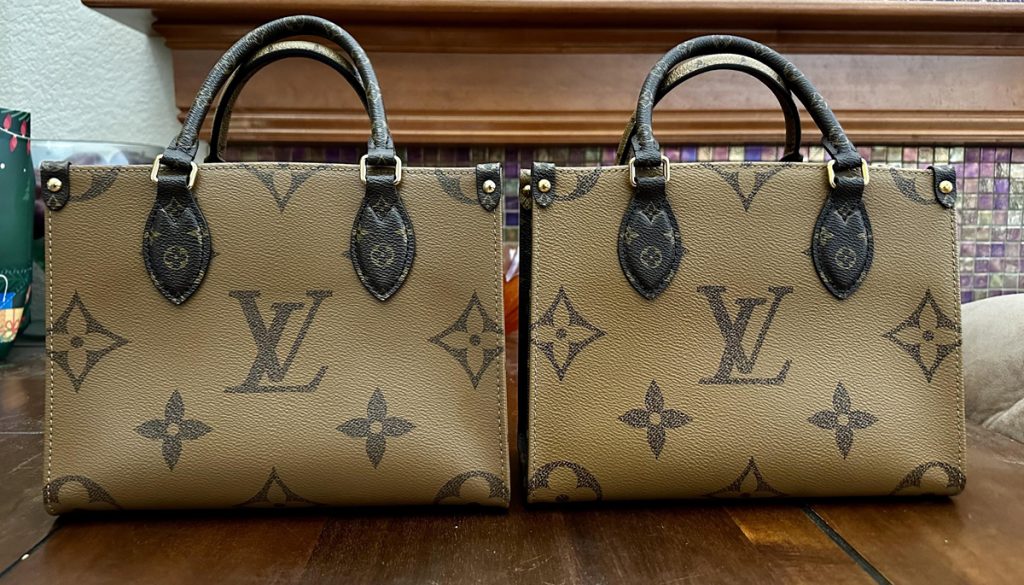
For Bulgari’s Serpenti bag series, some Chinese factory owners even go to Vietnam to raise specific breeds of snakes in the mountains — just to obtain skins that match boutique quality. I’ve seen this with my own eyes after over ten years in the industry. It’s a bloody truth behind luxury — no trade, no harm.

And when materials are hard to source? No problem again. Some bag manufacturers collect leftover fabrics from Louis Vuitton’s official factories and use them for 1:1 replica production.
So, are those real or fake?
That’s manufacturing capability. That’s Chinese speed.
In the past, whenever the words “Made in China” appeared in the global trade market, many countries trembled. With its unmatched human resources and advanced manufacturing capabilities, China has dominated international trade with overwhelming efficiency, leaving others struggling to catch up.
A few years ago, “Made in Vietnam” began to make noise — loudly promoted, widely discussed, even claiming to replace China as the next manufacturing hub. But after several years, the reality proved different. The thunder was loud, yet the rain was light. Much of Vietnam’s manufacturing industry is still run or supported by Chinese entrepreneurs — from Putian’s shoemaking bosses to Guangdong’s large-scale bag factories. They simply rent cheaper Vietnamese labor to serve the well-oiled system of Chinese industrial craftsmanship.
Today, China’s supply chain is stronger than ever. Yet it remains a developing country, with economic growth still its top priority. Perhaps one day, China will no longer need to imitate or replicate others. But that future may take twenty, thirty, or even more years to arrive.
Setting aside the Trump shooting and the T-shirt phenomenon, what we’ve witnessed is something larger: the power of Chinese manufacturing, the speed of China, and a nation driven by vitality, efficiency, and relentless momentum.
 Custom E-commerce Solutions for High-Quality Designer-Inspired Fashion Replicas | Website Development, Dropshipping, Payment Integration for PayPal and Stripe, Ad Cloaking Services
Custom E-commerce Solutions for High-Quality Designer-Inspired Fashion Replicas | Website Development, Dropshipping, Payment Integration for PayPal and Stripe, Ad Cloaking Services

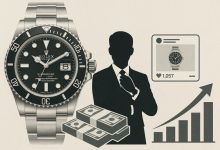

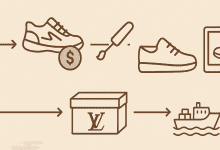








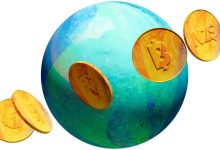









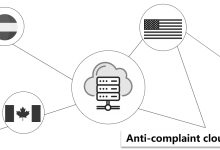




![5 Best WordPress Themes for Replica Product International Trade Websites [Recommended]-Custom E-commerce Solutions for High-Quality Designer-Inspired Fashion Replicas | Website Development, Dropshipping, Payment Integration for PayPal and Stripe, Ad Cloaking Services](https://replicasmaster.com/wp-content/uploads/2025/06/1-1-220x150.jpg)
